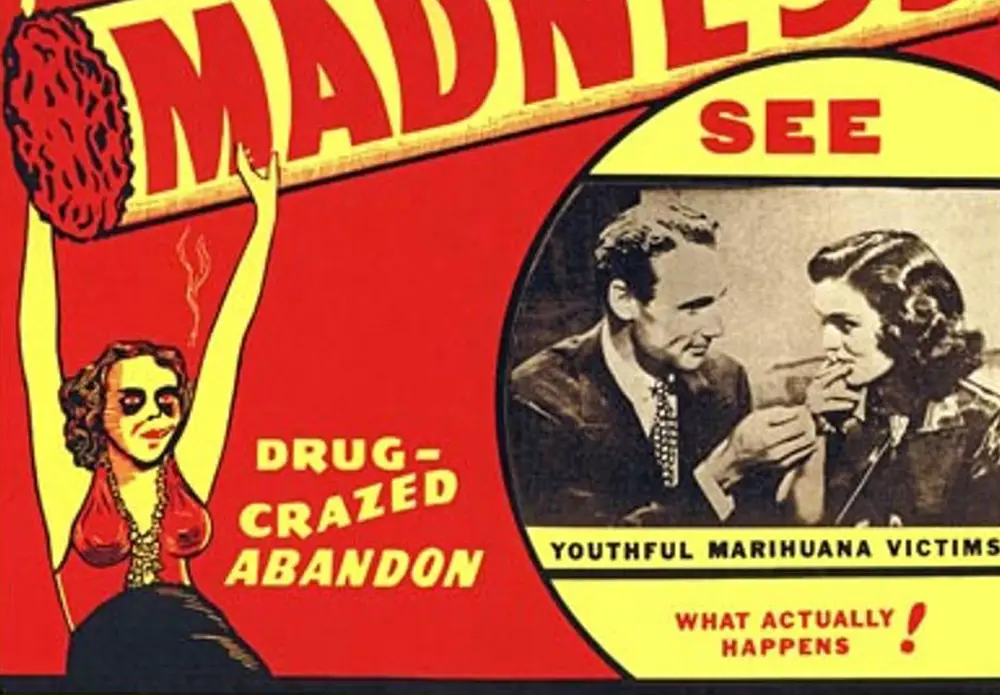
Now that the Florida Supreme Court has cleared the proposal to legalize recreational pot for the November ballot, the drug of choice among those who want to defeat the proposal is going to be disinformation. So it’s worth having a look at what we’ve learned from other states that have inhaled.
 Fourteen years ago Washington State and Colorado were first to legalize recreational pot and regulate it strictly, perhaps too strictly. The states are not just healthy, but have both grown proportionately faster than Florida in those years, with quality of life and economic prosperity their driving factors. The Colorado pot industry took in more than $15 billion in those years, integrating that money out of the shadows and into the economy with new businesses and “40,000 jobs at the industry’s peak a couple of years ago,” the Denver Post reported.
Fourteen years ago Washington State and Colorado were first to legalize recreational pot and regulate it strictly, perhaps too strictly. The states are not just healthy, but have both grown proportionately faster than Florida in those years, with quality of life and economic prosperity their driving factors. The Colorado pot industry took in more than $15 billion in those years, integrating that money out of the shadows and into the economy with new businesses and “40,000 jobs at the industry’s peak a couple of years ago,” the Denver Post reported.
The feared rise in use or addiction among children hasn’t happened, though there’s been a national uptick in accidental ingestion of pot by children. That’s a packaging and regulation issue, as with any drugs or alcohol, not a legalization issue. A University of Colorado study last year concluded that recreational pot in the state “does not increase substance use disorders or use of other illicit drugs among adults and, in fact, may reduce alcohol-related problems.”
Keep in mind that alcohol is still the leading killer of any mind-altering drug by far, accounting for nearly 500 deaths per day. No one is advocating for a return to Prohibition.
Since Colorado and Washington, 22 more states have legalized recreational pot, including red states like Montana, Missouri and Ohio. Fourteen more, including Florida, allow its medical use.
In all those years, lifetime marijuana use among adolescents, according to the University of Michigan’s Monitoring the Future survey (for decades the gold standard in substance use among young people in the country), has been flat or slightly declining, as with all illicit drugs among adolescents. The pandemic caused a significant drop in use that has not reversed.
The gateway-drug argument, an old favorite among nostalgics for the days of Reefer Madness, was bunk in 1936 and is bunk today: marijuana did not cause the spike in opioid deaths we’ve seen since the late 1990s. Oxycontin and the Sackler pharmaceutical predators did. In that regard we unquestionably have a drug problem. But what started with prescription narcotics and turned into a fentanyl and heroin crisis claiming upwards of 70,000 lives a year has as much to do with pot as drinking Evian does with cholera.
As with alcohol use, as with French fries, butter or sugar consumption, obvious cautions apply. Don’t overdo it. There are short-term drawbacks with pot–impairment, altered perspectives, occasional paranoia, though frankly how that distinguishes the contemporary behavior of most Americans on or off pot is difficult to tell.
But let’s not frame the discussion in cherry-picking hysterics, especially in a country that either bans or over-regulates pot while gleefully putting guns in the hands of anyone who asks. In Florida you’ll still have a harder time getting a medical marijuana card than a gun, and of course the tally lives up to the absurdity: Gun deaths in Florida in 2022: 3,176. Marijuana overdose deaths: zero. (Aside from exceptions you can count on one hand, it is all but impossible to die of a marijuana overdose. Synthetic marijuana is a different story, as are any other perversions of pot that its antagonists will use to invoke world-ending scenarios.)
We are not a puritan society. Even with guns, we do not, or at least should not, set our legal standards to apply the worst denominator to everyone. As with pot use, the law should reflect moderation. Some regulations are necessary. Children and adolescents don’t need to be smoking pot. The same prohibitions on smoking tobacco that now covers most public, commercial, business and many private spaces should obviously apply to pot—there’s nothing wrong with banning any kind of smoking from any public space, even streets—and any kind of impairment at the wheel should be harshly punished.
Over-regulations such as the continuing ban on banking transactions involving pot businesses hurt workers and local economies more than they serve any discernible public purpose. It is also ridiculous that pot is still federally illegal and categorized as a Schedule I drug like heroin and LSD. The classification is simply wrong chemically and logically. (The Biden Administration is recommending that the drug be rescheduled to Schedule III, but that would still not bring any state recreational or medical pot allowances into compliance with federal law. It would just require pot to become a prescription drug, and only with Food and Drug Administration approval. It shouldn’t be that, either.)
Opposing recreational pot legalization at this point seems to have more to do with obstinacy or habit, a sort of clinging to old ways more for ideological than rational or legally defensible reasons: can so many decades of legislating and policing and moralizing be so wrong? Well, yes. So was slavery. So were miscegenation laws, or prohibition against gay marriage, women lawyers and no-fault divorces. So was Prohibition. American drug laws need their Vatican II.
For all that, I don’t expect the amendment to pass. Colorado’s legalization measure passed with only 55 percent of the vote. Missouri approved with just 53 percent. Last year Ohio approved with 57 percent, same margin as California’s approval in 2016. If Florida were a democratic state, it would pass with that kind of margin, too. But it’s not. Amendment 3 needs to clear the 60 percent threshold. So even a minority of margaritaville reactionaries can defeat it, as will likely happen, especially in a state where the governor would rather swill booze from four-gallon bottles of wine than lead the charge against this tired old prohibition.
![]()
Pierre Tristam is the editor of FlaglerLive. A version of this piece airs on WNZF.










